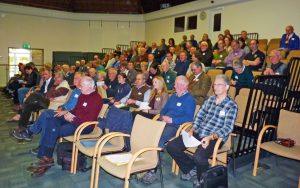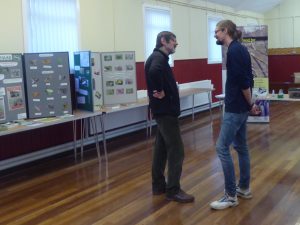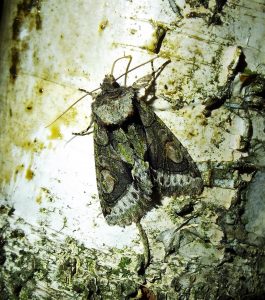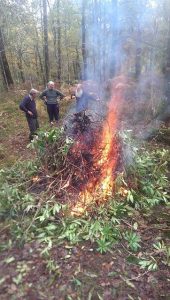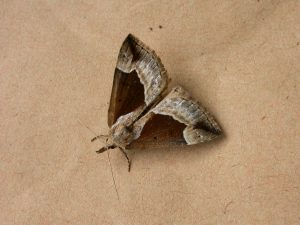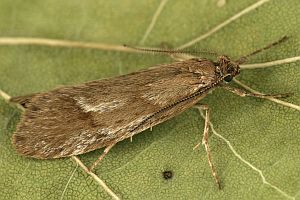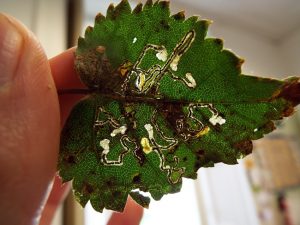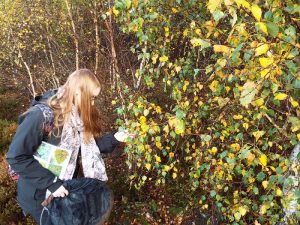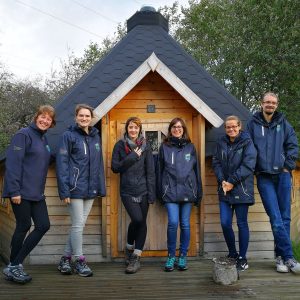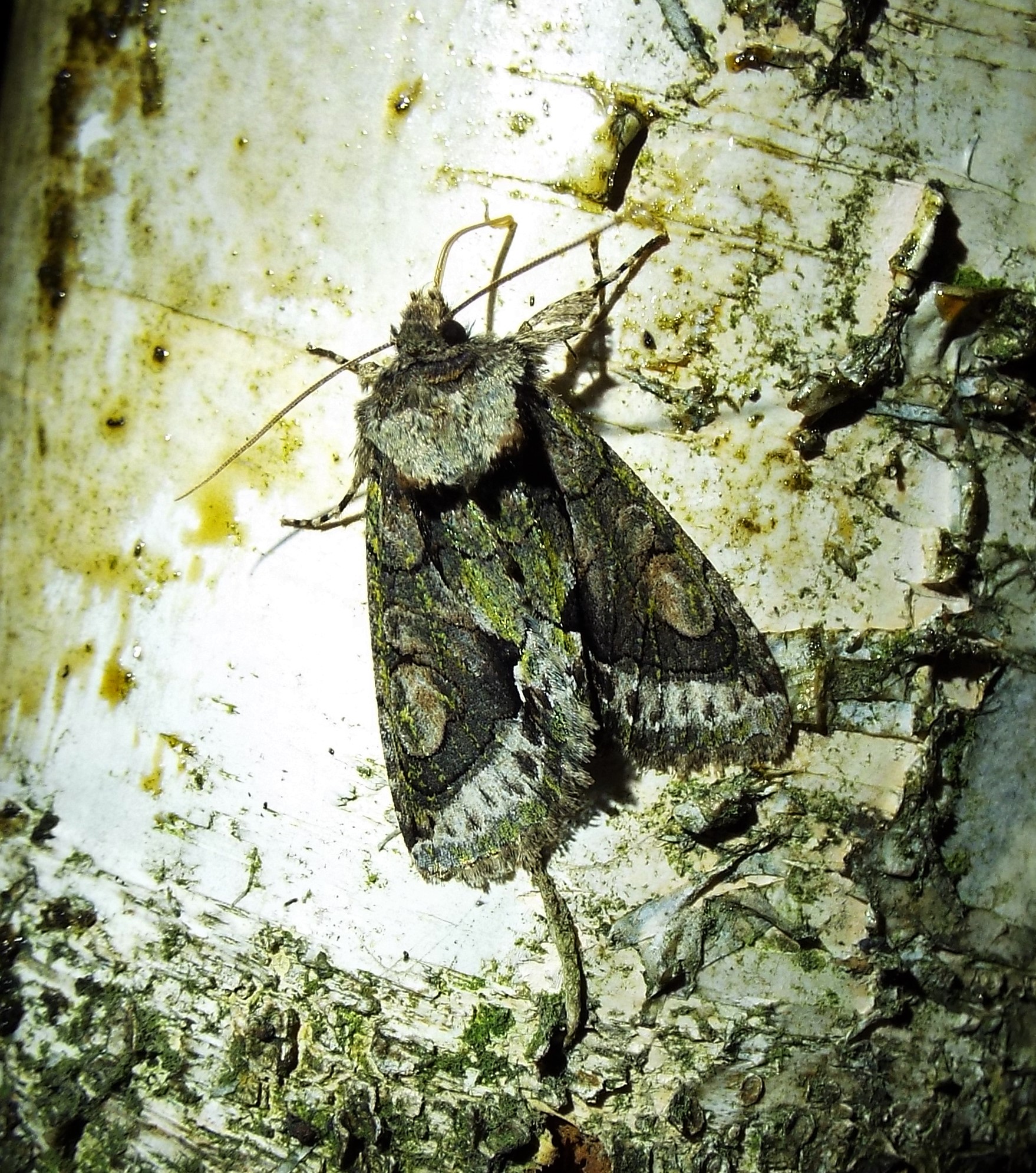
October has been a busy and varied month for sure. With longer and darker nights coming in and the temperatures dropping, the moth are disappearing too although there were still a few exciting things to be found!
The month started off with a Bang! I was one of the speakers at Butterfly Conservation Scotland’s Annual Members day, the largest annual gathering of Lepidoptera enthusiasts in Scotland. Show casing the Natural Talent project and the wonders of micro moths was a real highlight.
Next, I spent the day with Butterfly Conservation promoting their peatland restoration project down in South Lanarkshire. We held an all-day drop-in event in the local village hall and over the course of the day most of the village came out to learn about the work being carried out the surrounding bogs.
Anyone keen for treacle and beer!? Moths are a big fan! At this time of year with flower heads dying off, sugar sources for insects become scarcer. So they have to adapt to what is available, many is feeding on fallen and rotting fruit for example. So at this time of year, one of the best ways to attract moths is to make a sugar solution. The mixture of ale and sugars attract the moths as the search for sugar sources to keep them flying. Painted onto tree trunks moths can often be seen to flock to the solution. I didn’t have quite that much success, but pictured below a “Green Brindled-Crescent” can be seen feeding on the sugar. This moth has lost most of its green scales but small patches of emerald can still be seen flashing in the torchlight. You can see in this picture its Proboscis. The Proboscis is an organ that although it looks like a long tongue, functions more like a prehensile straw to reach in and suck the nectar out of flowers or other sugar solutions.
This month I managed to join Butterfly Conservation’s work party “Save our Beautiful Snout”. Beautiful Snout is moth on only found in two sites in Scotland and feed on the Blaeberry (Bilberry) under-story in ancient oak woodlands. However, many of our Scottish woodlands are being invaded by the garden escapee Rhododendron. This leafy shrub shades out the understory killing the native low-lying shrubs in these forests, threatening the rare Beautiful Snout. So our work party spent the day removing the invasive and burning the plants, as they take a long time to decompose naturally. To top the day off, we managed to spot some Day flying micros! Diurnea lipsiella flies during the day throughout October and November, much like the Beautiful Snout feed on the Blaeberry in Oak woodlands. This little micro is interesting as the females are actually flightless! No females were found but there were a number of males flying in search of females on the day.
With fewer adults around, it became necessary to use my new leaf-mine knowledge to find some mothy leaf – mines. TCV volunteer Sydney, assisted me in looking for some species on birch and Blaeberry leafs to some success. The moths in these mines are from the smallest genus of moths in the UK the Stigmellas. Some adults have a wingspan of only 2mm across!!
Finally at the end of the month, I attended to the Natural Talent gathering in Leeds. It was fantastic to meet up with them all and learn how they were getting on their projects. It’s clear to see how much we have learnt and how far we’ve come over the past 6 months.
Once again, thank you to our funder Esmee Fairbairn foundation for providing us with this wonderful opportunity.

